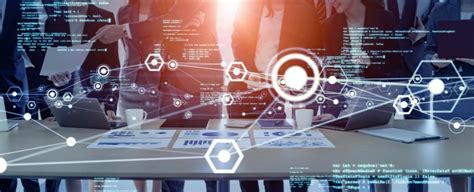The Role of AI in Developing Adaptive Economic Models for Cryptocurrencies
Artificial intelligence (AI) is increasingly being used to revolutionize numerous industries, including the financial and economic sectors. In the context of cryptocurrencies and blockchain technology, AI has been instrumental in developing adaptive economic models that can efficiently manage and optimize trading strategies.
What are adaptive economic models?
Adaptive economic models refer to complex algorithms that simulate the dynamics of real-world markets and provide insights into potential price movements, volatility, and risk factors. These models typically involve a combination of machine learning techniques, statistical analysis, and data mining to identify patterns and predict trends in the cryptocurrency market.
The Benefits of AI in Crypto
Developing adaptive economic models for cryptocurrencies offers several benefits:
- Improved risk management: By analyzing historical trading data, these models can identify potential risk factors, allowing investors to make more informed decisions.
- Greater efficiency: Adaptive economic models can optimize trading strategies, reduce costs, and increase the likelihood of profitable trades.
- Advanced market insights: These models provide a deeper understanding of market dynamics and allow traders to anticipate price movements and adjust their strategies accordingly.
Key AI techniques for use in cryptocurrencies
There are several AI techniques used in cryptography to develop adaptive economic models:
- Machine learning (ML): ML algorithms can analyze large data sets and identify patterns and correlations that may not be apparent using traditional statistical analysis.
- Deep learning: This technique is particularly useful for modeling complex relationships between market variables, such as the interactions between price movements and other market factors.
- Natural language processing (NLP): NLP can be used to analyze text data from online sources and provides insights into market sentiment and trends.
Real-world examples of AI in crypto
Several organizations are already using AI to develop adaptive economic models for cryptocurrencies:
- Coinigy: This platform uses ML and NLP to analyze cryptocurrency market data, identify potential risk factors, and predict price movements.
- CryptoSlate: This decentralized media company uses machine learning algorithms to provide real-time analysis of cryptocurrency markets and offer insights into market trends and sentiment.
- BlockFi: This lending platform uses AI-powered models to optimize its lending strategies, reduce costs, and increase the likelihood of profitable deals.
Challenges and limitations

Although AI has shown tremendous potential in developing adaptive economic models for cryptocurrencies, several challenges must be overcome:
- Data quality and availability: High-quality data is critical for building accurate models. However, collecting and integrating large data sets can be a significant challenge.
- Regulatory compliance: As the use of AI in cryptocurrencies continues to grow, regulatory compliance is becoming increasingly important.
- Model interpretability: To understand how AI models make predictions and recommendations, better interpretation tools need to be developed.
Conclusion
Incorporating AI into adaptive economic models for cryptocurrencies holds great potential to revolutionize the space. By using machine learning, statistical analysis, and data mining techniques, companies can make more accurate predictions, improve risk management, and expand their market insights. However, to fully benefit from AI in the crypto space, it is critical to address challenges such as data quality, regulatory compliance, and model interpretability.